5 Elevators That Are Hard to Believe Exist (16 Photos + 4 Videos)
Elevators have become such a common part of everyday life that we only notice them when they break down. 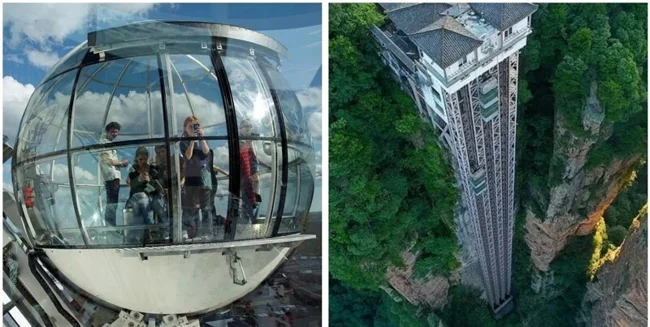
But in addition to the usual passenger, freight, hospital and industrial ones, there are also unique varieties of these lifting machines, the existence of which is really hard to believe.
1. Albertis-Montegaletto Cable Car in Genoa 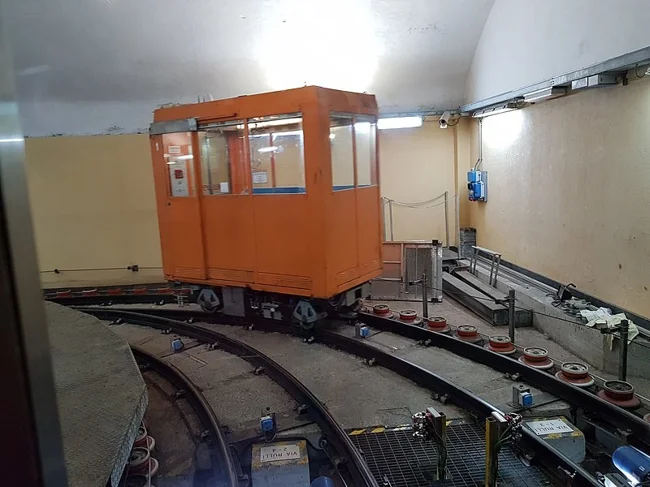
It is a combined funicular and ski lift in Genoa, Italy. It connects the historic Via Balbi, located next to the Genova Piazza Principe train station, with Corso Dogali near the Albertis Castle, which houses a museum.
The cable car was built in 1929 to connect Genoa's main train station with the Montegaletto hill. It rose to a height of about 70 meters, but to get into the two cabins, designed for 20 people, it was necessary to go underground through a tunnel about 300 meters long. 
The lift was often used by local residents, since the ticket price for it was lower than for the local tram, bus and trolleybus; between 1963 and 1965, the owners replaced the lifts with more modern and faster ones.
In the late 1960s, the number of users gradually decreased due to the introduction of a single fare on public transport in Genoa, which made using the elevator less convenient. The elevators remained in operation until 1995, and in 2004 a new elevator with a funicular was put into operation, eliminating the need to travel underground.
2. Doors are for weaklings

At the beginning of the 20th century, elevators were expensive, so paternosters began to be used in buildings. The paternoster is a continuous-action elevator for a maximum of two people. The entire mechanism consists of two cabins and two shafts.
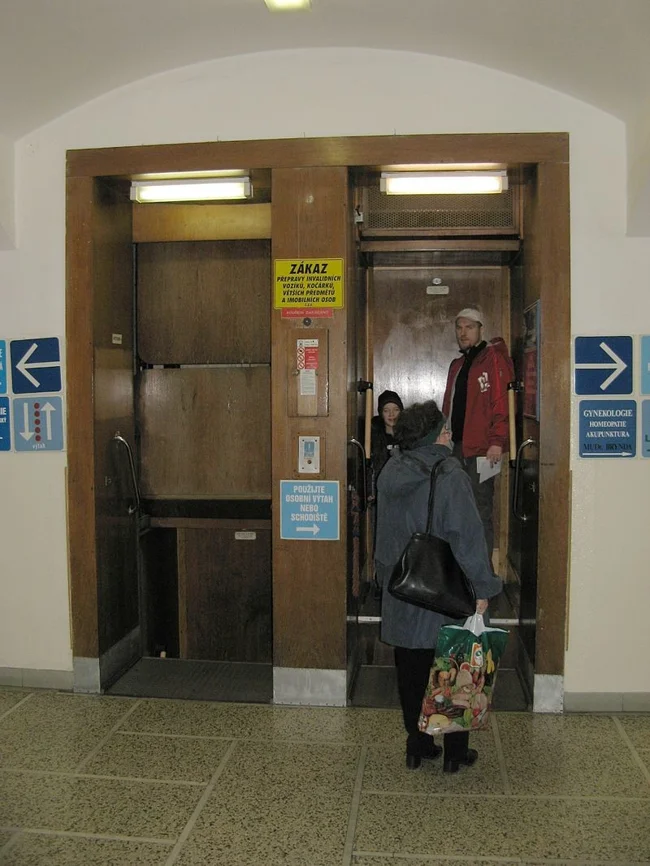
After reaching the top, the cabin moved to the next shaft and went down. The ascent speed was about 15 seconds per floor. Unfortunately, today the only working paternoster left is in the Ministry of Agriculture.
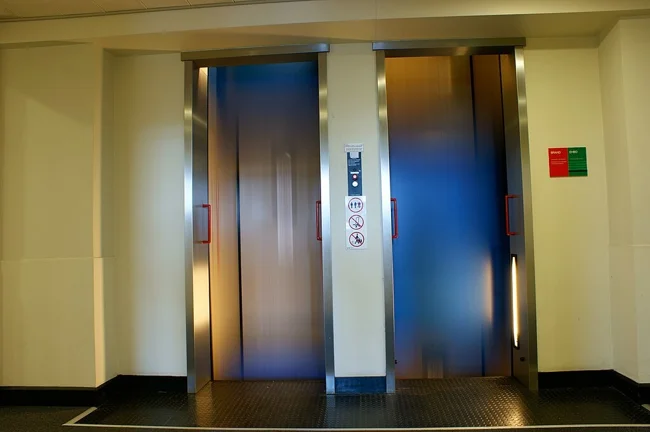
And Germany is considered a real reserve of this strange mechanism. There are still about two hundred working paternosters there. Because the risk of accidents is much higher than with conventional elevators, the construction of new paternosters is no longer permitted in many countries.

3. The elevator for the empress

Ivan Kulibin
It is known that with age, Empress Catherine II began to have problems with her legs. When the woman turned 64, ulcers began to spread across her skin, and it became difficult for her to move, and the climb to her half of the house, the second floor, caused pain.
The problem of the monarch was eliminated by Ivan Petrovich Kulibin, an inventor and mechanic, who designed a lift for her. Moreover, in the middle of the 18th century, the first elevators were already beginning to appear in European royal residences.
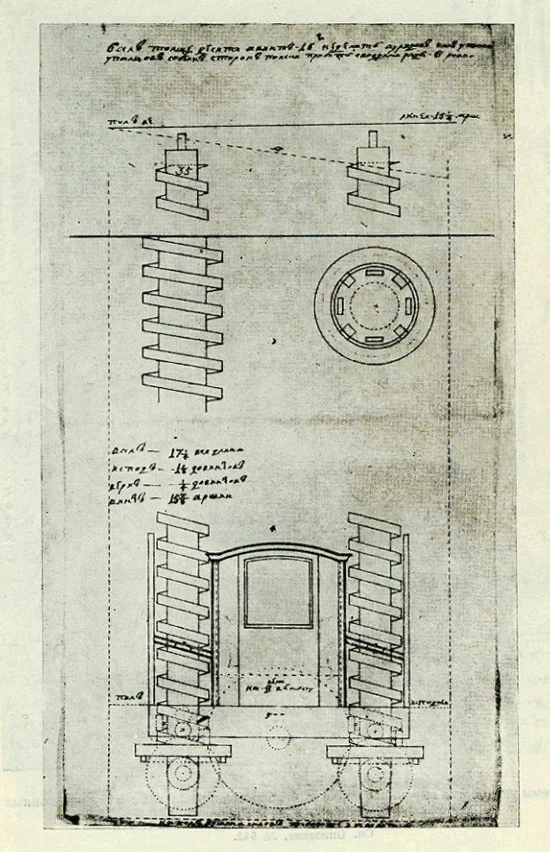
Screw elevator drawing
Kulibin's design included a pair of thick pillars, between which a platform with a chair was placed. When the ruler sat down, two people lowered and raised the platform using a screw mechanism on a steam drive.
After the death of Catherine the Great, her amazing chair was forgotten, and the shaft was soon hidden behind brickwork. The remains of the system were found only at the beginning of this century during the restoration work of the Hermitage.
4. Unique Bailong
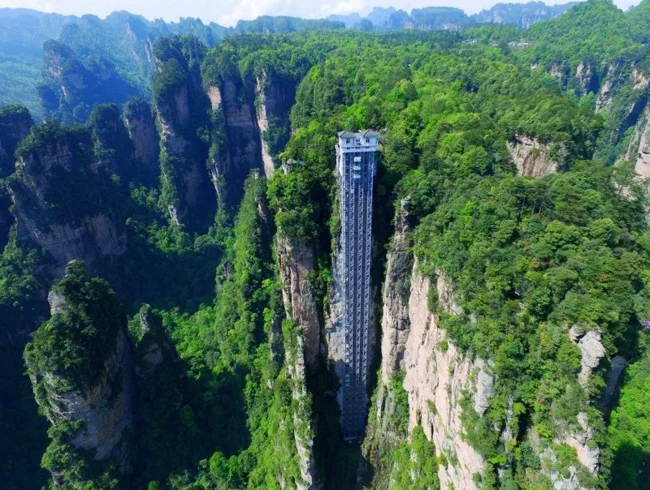
The Bailong or Bailong Elevator, also known as the Hundred Dragon Elevator, is a marvel of modern engineering and the world's tallest outdoor elevator. It is located in the Zhangjiajie National Park in China.
Rising to an impressive height of 326 meters, the Bailong Elevator is the world's tallest outdoor elevator. It takes visitors from the valley floor to the top of a sheer cliff in just two minutes, providing a breathtaking ride with stunning panoramic views of the surrounding natural beauty.
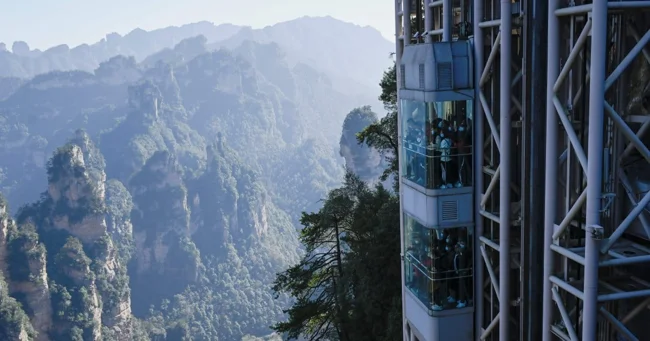
Opened to the public in 2002, the elevator has since become a popular way for tourists to reach the spectacular Avatar Hallelujah Mountain, made famous by the film Avatar. The ride offers a unique combination of adventure and comfort, allowing visitors to experience the stunning views that have inspired countless legends and stories.
5. Stockholm's Globe and SkyView attraction
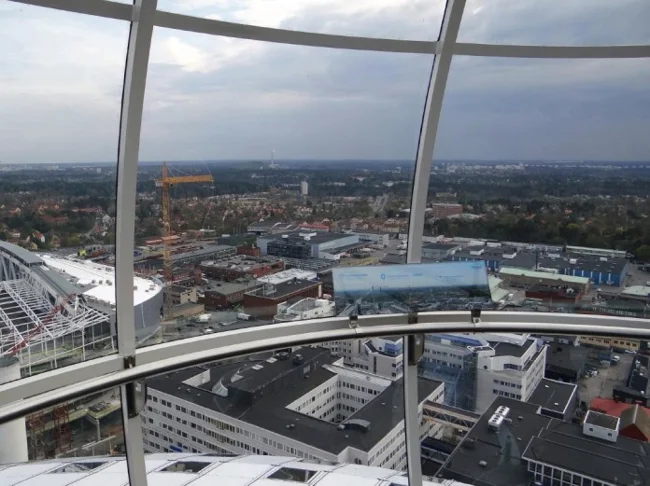
This is one of the most notable landmarks of the Swedish capital. The building is officially called Avicii Arena. However, most Swedes simply call it "Globen", that is, "Globe".
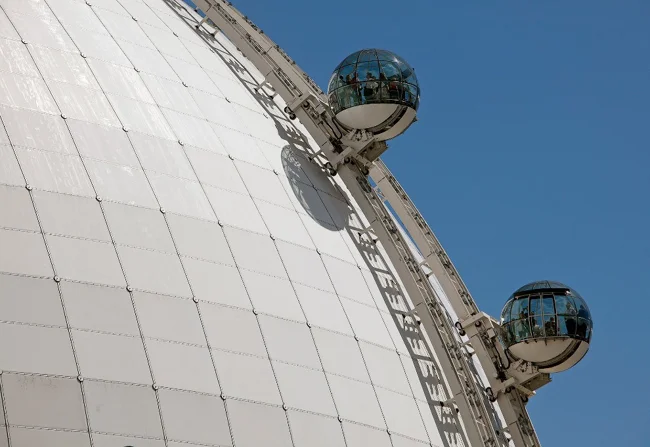
The Globe opened in 1989 and is considered the largest spherical building in the world. The event hall can accommodate up to 16,000 spectators.
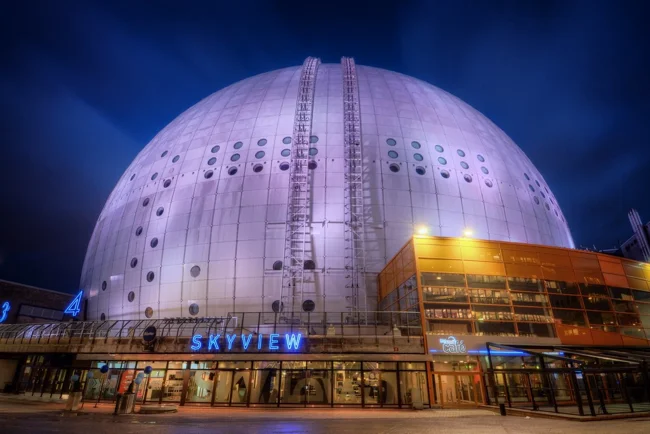
Since February 2010, the Globe has been equipped with a spectacular attraction on the outside - SkyView. This is a kind of glass elevator that takes you up the Globe's outer skin to the very top.
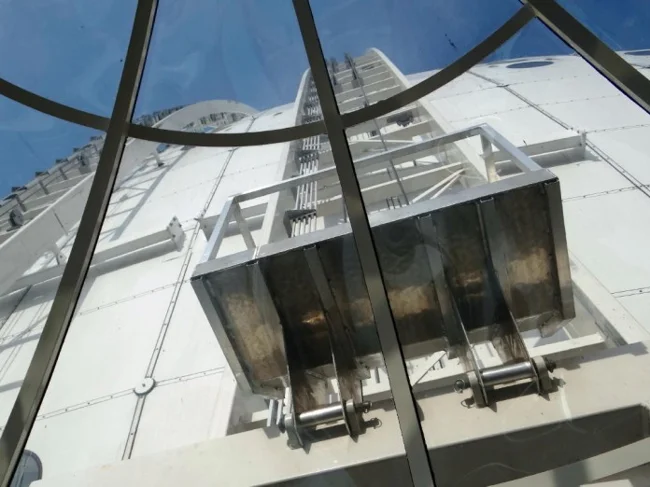
SkyView consists of two glass gondolas, each of which can accommodate 16 people (maximum load - 1,200 kg). The gondolas are attached to two rails on the facade. The journey leads to the very top of the Globe, which is 130 meters above sea level.
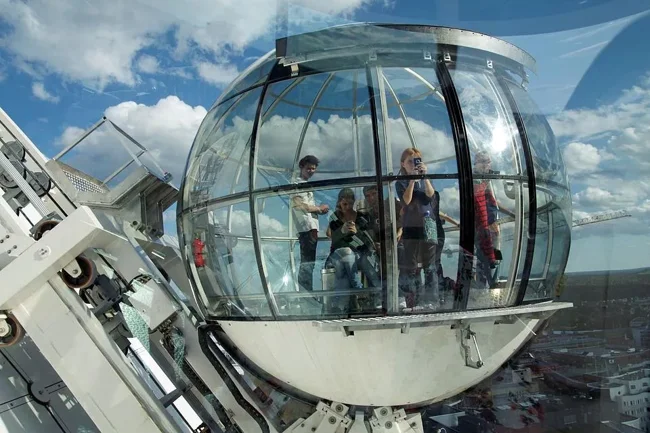
The slogan "SkyView - At the Top of the Globe" was chosen for the new observation deck. If you visit Stockholm, you can start your sightseeing tour here with an unforgettable bird's eye view. Many people choose Skyview to say the cherished "I do" and "I do". The construction lasted six years - from 2004, and during the first year of operation, more than 160,000 people rode the elevator.
























